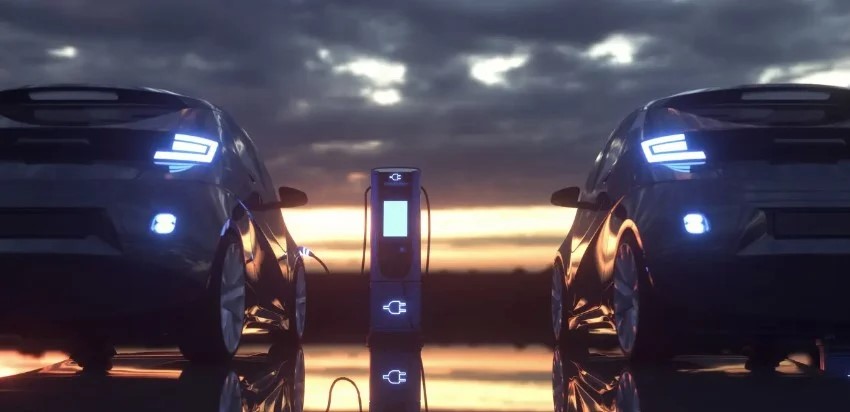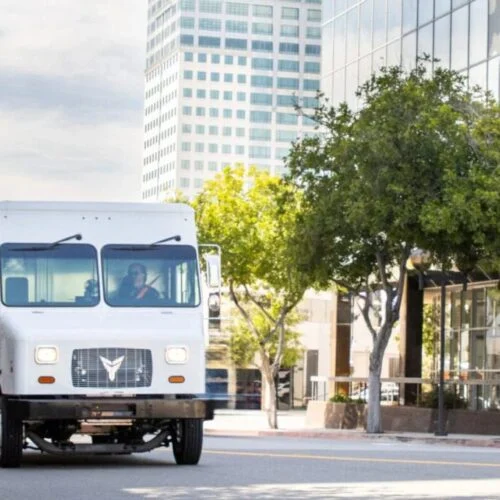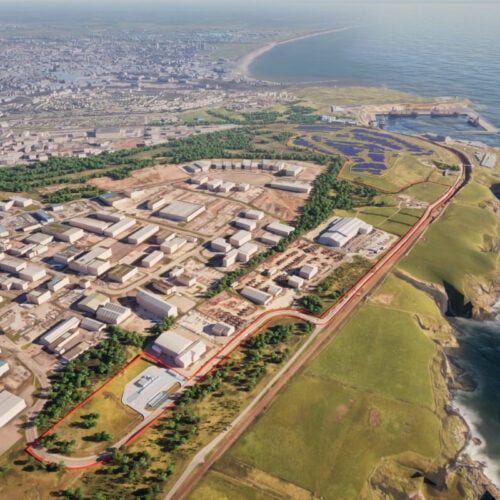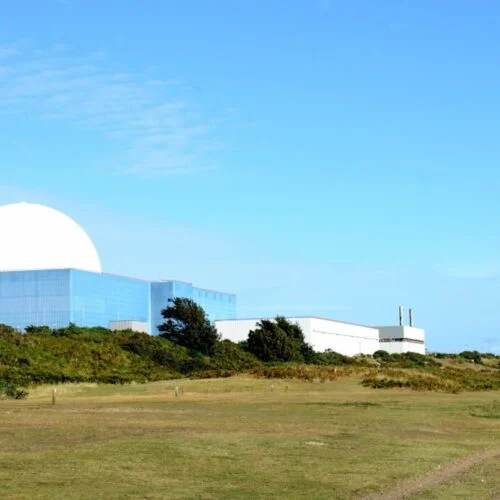The Maryland Public Service Commission (PSC) has unanimously voted to adopt a suite of vehicle-to-grid (V2G) interconnection rules.
The V2G Interconnection Rules, covering both DC and AC systems, are a set of guidelines established by the US Vehicle-Grid Integration Council (VGIC). VGIC is a membership-based advocacy group that aims to accelerate the decarbonisation of transportation and the grid through state-level regulatory and policy advocacy, education and market development.
Updated in the Code of Maryland Regulations (COMAR) 20.50, the guidelines now include several key provisions:
- A V2G system is defined, meaning that the terms “V2G-capable EV” and “V2G-capable EV supply equipment (EVSE)” are not used. Were they included, VGIC says it could inadvertently require all vehicles capable of bidirectional charging to request a utility interconnection agreement regardless of whether a customer has made any investments or plans to use their system in bidirectional mode when operating in parallel to the grid.
- All DC V2G systems are subject to the existing rules for stationary energy storage, consistent with California’s Rule 21 and laws present in other states, including Massachusetts and New York.
- All AC V2G systems can seek interconnection with the utility in one of two ways: Charger certified to UL 1741 SC and paired with a vehicle designed to the SAE J3072 standard; or charger and vehicle certified to UL 1741 SB as a composite Distributed Energy Resources (DER) system.
- Bidirectional charging systems used for backup power are not routed through a lengthy interconnection study process; customers using bidirectional charging systems only when islanded from the grid need to notify the utility of the existence and location of the backup power system. Customers using their charging systems in bidirectional mode when operating in parallel with the grid must move through the utility interconnection process to ensure safe and reliable grid operation.
A critical component of this last provision is that bidirectional-capable systems can be installed and operated in load-only mode, with the customer only required to request utility interconnection if and when they enable grid-parallel bidirectional charging option. As such, customers can install and use charging stations before a V2G programme or rate is established.
The rules will go into effect in Maryland from 7 July 2025. VGIC said it is actively engaged in similar efforts in California and Nevada and “looks forward to continued engagement” on V2G in its core states, including New York, Massachusetts, Colorado, Texas, Illinois and Michigan.
The news is of particular note for developers of bidirectional charging systems including OEMs and charging manufacturers, working towards scalable V2G AC systems, giving a clear signal that the state is supportive of the technology.
According to VGIC, this type of regulatory certainty “that provides options for a relatively nascent corner of the industry” is a major accomplishment. It commends Mayland PSC for adopting the guidelines.






